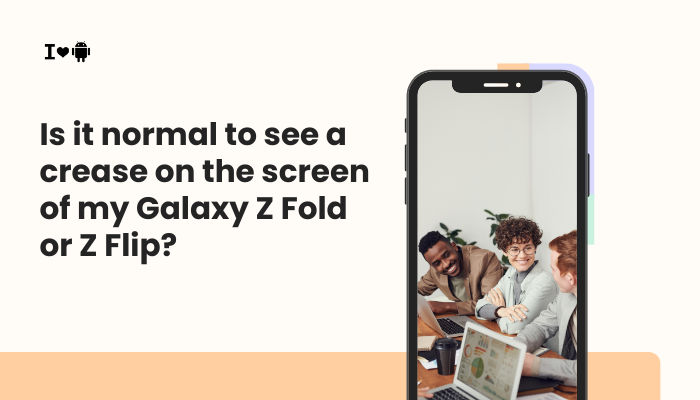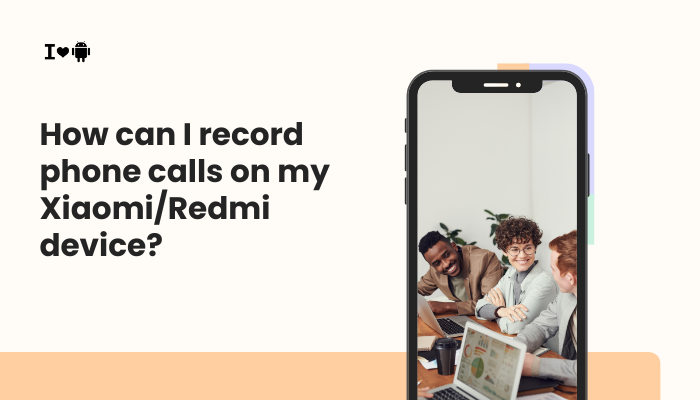Introduction
Samsung’s Galaxy Z Fold and Z Flip represent cutting-edge foldable smartphone design, marrying large, flexible OLED panels with durable hinge mechanisms. One of the most common user concerns, however, is the visible crease that appears where the display folds. If you’re asking, “Is that crease normal?”—the answer is yes.
- Why foldable screens develop a crease
- How visible the crease should be under normal conditions
- Factors that affect crease visibility
- When the crease indicates a problem
- Maintenance and care to minimize the crease
- Warranty and service considerations
By the end, you’ll understand what to expect from your foldable Samsung display and how to keep it looking its best.

Why Foldable Screens Have a Crease
Multi-Layer Flexible Display Architecture
Unlike rigid glass panels, the inner display of Galaxy Z Fold/Flip devices is composed of several flexible polymer layers:
- Protective polymer film: A thin, tear-resistant layer that protects the underlying OLED.
- Touch sensor layer: Printed electrodes that detect your taps and swipes.
- OLED emissive layer: The organic compounds that emit light for each pixel.
- Substrate layers: Thin plastic backings and adhesives that hold everything together.
When folded, these layers bend along the hinge axis. Over time and with repeated folding, a slight separation or stress point forms between layers, creating a permanent crease in the polymer.
Hinge Mechanism and Fold Radius
Samsung’s proprietary hinge uses a barrel-cam design to guide the display along an ideal bend radius. However, even the gentlest hinge introduces:
- Tensile stress on the outer side of the fold
- Compressive stress on the inner side
That concentrated stress line appears as a crease. Samsung tests for hundreds of thousands of folds, but a visible line is an inevitable byproduct of the bending process, not a defect.
How Visible Should the Crease Be?
Normal Visibility Under Various Conditions
- Straight On (Normal Viewing Angle): The crease is usually subtle, most noticeable in uniformly colored areas (e.g., a white background) or under bright light.
- Side Angle or Low Brightness: When you view the fold at an angle or with the screen dimmed, the crease may appear more pronounced due to shadows and light refraction.
- In-Use Dynamics: As you scroll or watch videos, you’ll feel a slight ridge under your fingertip, confirming the fold’s location.
Comparative Expectations
- Galaxy Z Fold Series: The larger inner display has a gentler curve, so the crease is often less pronounced than on the Z Flip.
- Galaxy Z Flip Series: The smaller screen and tighter hinge radius can make the crease slightly more noticeable, especially on early-generation models.
Factors Affecting Crease Appearance
| Factor | Effect on Crease Visibility |
| Screen Brightness | Lower brightness amplifies the crease shadow. |
| Display Content | Solid colors (white, gray) reveal the crease; busy patterns mask it. |
| Ambient Lighting | Direct sunlight or strong indoor lights accentuate the fold. |
| Screen Protector | Additional layers can slightly reduce or shift crease perception. |
| Age & Fold Count | More fold cycles deepen the crease over months of use. |
| Hinge Debris | Dust particles can catch at the fold, widening the crease. |
Role of Screen Protectors
- Factory-Applied Film: Samsung’s pre-installed protector conforms perfectly to the fold and may slightly diffuse crease visibility.
- Aftermarket Films: Thicker or stiffer protectors can make the crease feel more pronounced under your finger and can trap dust at the edges.
When to Be Concerned About the Crease
Signs of Abnormal Creasing
While a light crease is expected, watch for:
- Sharp Kinks: A sudden, deep line rather than a gentle fold.
- Pixel Damage: Black spots, colored lines, or flickering along the crease indicate panel failure.
- Delamination: Visible lifting, peeling, or air bubbles forming at the fold area.
- Hinge Resistance: If folding/unfolding feels rough or uneven, the crease may be catching on debris or a hinge misalignment.
Diagnostics and Testing
- Safe Mode: Boot into Safe Mode to rule out software issues with display rendering.
- Samsung Members Diagnostics: Open the Samsung Members app → Get help → Interactive checks → Screen test.
- Service Center Evaluation: If you see pixel anomalies or physical damage, have a technician inspect the hinge, polymer layers, and OLED substrate.
Maintenance and Care to Minimize Crease Effects
Keep the Hinge and Fold Debris-Free
- Weekly Cleaning: Use a soft brush or compressed air around the hinge gap to remove dust and lint.
- Avoid Sharp Objects: Don’t carry keys or coins in the same pocket as your folded phone.
Gentle Folding Technique
- Slow, Even Closure: Let the hinge guide the movement rather than snapping it shut one-handed.
- Avoid Pressure: Don’t press down on the folded spine (e.g., don’t sit on the phone in a back pocket).
Screen Brightness and Display Settings
- Increase Brightness Slightly: A brighter screen diffuses shadow effects along the crease.
- Use Dynamic Themes: Wallpapers and themes with gradients or patterns help camouflage the fold line.
Screen Protector Choices
- Samsung-Approved Film: Stick with the factory protector or official Samsung replacements for a precise fit.
- Flexible TPU Protectors: If you use a third-party film, choose a thin, flexible TPU designed for foldables to minimize wrinkles and air gaps.
Warranty, Repair, and Replacement Considerations
Samsung’s Foldable Display Warranty
- Standard Warranty: Covers manufacturer defects but excludes normal wear, accidental damage, and cosmetic “creases.”
- Samsung Care+ Plans: Often include screen replacement coverage (for a small fee) in case of accidental damage, including deep panel scratches or pixel failures.
When to Seek Professional Service
- Pixel Anomalies: Any dead pixels, discoloration, or flickering along the crease should be serviced immediately.
- Physical Damage: Deep kinks, tears in the polymer, or hinge misalignment warrant a repair.
- Persistent Hinge Issues: Grinding, stiffness, or loosening of the hinge may propagate panel damage over time.
Replacement Costs and Procedures
- Genuine Parts: Always insist on OEM displays and hinge modules—third-party replacements rarely match Samsung’s durability or calibration.
- Authorized Centers: Have the device repaired at an authorized Samsung service center to preserve software security features (Knox) and software update eligibility.
The Future of Foldable Display Technology
Material Advances
- Ultra-Thin Glass (UTG): Samsung is gradually shifting toward more robust, ultra-thin glass layers that better resist creasing while retaining flexibility.
- Improved Polymers: Next-gen polymers promise higher fold-cycle lifespans and reduced visible creases.
Hinge Mechanism Evolution
- Self-Cleaning Hinges: Future hinges may include micro-brushes or seals to keep out debris automatically.
- Reduced Stress Curves: Enhanced hinge cams will spread bending stress even more evenly, softening the crease line.
Software-Assisted Display Calibration
- Dynamic Contrast Adjustment: AI-driven calibration could locally adjust brightness and color to mitigate crease shadows in real time.
- User Warnings: Future devices may track fold count and alert you when the crease is likely to become more pronounced.
Conclusion
A visible crease on the inner display of your Galaxy Z Fold or Z Flip is a normal characteristic of current foldable OLED technology. It results from the necessary bending of multiple flexible layers and the precision hinge mechanism. Under most circumstances, the crease is subtle, especially during regular use, and should not be cause for alarm.
By practicing careful folding techniques, keeping the hinge clean, using approved screen protectors, and maintaining appropriate brightness levels, you can minimize crease visibility and ensure a smooth, durable foldable experience.
If you observe sharp kinks, pixel damage, or hinge malfunctions, contact Samsung’s authorized service center or leverage your Samsung Care+ coverage for a professional evaluation.
As Samsung continues to innovate—with ultra-thin glass, improved polymers, and advanced hinge designs—the crease will become even less noticeable in future foldable devices. Until then, understanding and caring for your foldable display will help you enjoy the revolutionary form factor of the Galaxy Z Fold and Z Flip to its fullest.



